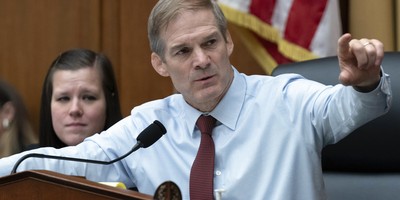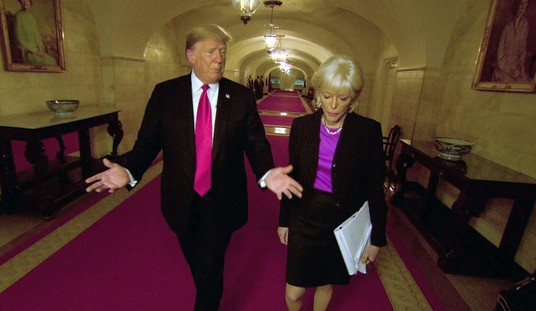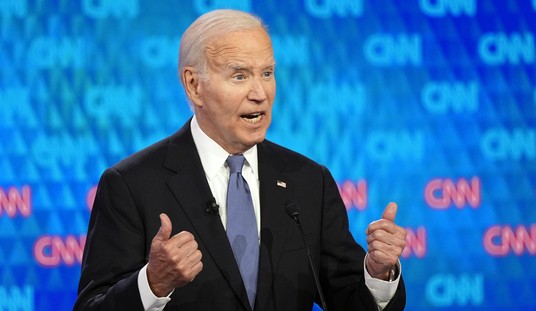In her speech at the New York Economic Club on Wednesday, Janet Yellen said it is “quite plausible” the economy will reach full employment in a couple of years with just the right amount of inflation, which to her mind means 2% a year.
If the economy surprises her, the Fed will “systematically respond to unforeseen economic developments.” But what exactly does this mean? How will the Fed respond?
The Fed has already made loans available to New York and foreign banks at negative real interest rates and created trillions of new dollars—all without support from either history or theory. What other steps could follow?
Here are a few of the radical ideas floating around the halls of the Fed and associated Keynesian economics departments:
1. Take a leaf from Japan by forcing banks to lend in return for Fed support.
2. Require banks to charge negative interest. This means that depositors would lose money if not used. Ms. Yellen voiced support for this idea in 2010. Some supporters of NIPR (negative interest rate policy) would like to eliminate cash entirely, because electronic money is more easily controlled.
3. Hold interest rates down but simultaneously drive inflation up to as much as 5-6%. With real interest rates at negative 5%, borrowing will soar. What isn’t clear in this scenario is why lenders will want to lend, but this idea is supported by leading lights of the Harvard economics department, and let’s not let reality intrude.
4. Create even more money and use it to buy corporate bonds, stocks, real estate, anything that can be bought, which will flood the economy with money.
Some of the ideas waiting in the wings are not monetary. They include:
Recommended
5. The government should set an annual borrowing target for the economy. If it isn’t being met by the private sector, government will itself step in and borrow to achieve the target. In this proposal, it doesn’t really matter how the borrowing is used. Quantity, not quality, of spending and investment is all that counts.
6. The government should issue bonds that will never be repaid. Not simply replaced with new bonds as at present—never repaid ever.
7. Employers should have to seek government permission to lay off or fire a worker. This idea of Paul Krugman’s is already true to a large degree in France, with the result that employers are very reluctant to hire anyone.
What all these Keynesian ideas have in common is the belief that a crash caused by too much bad debt can be cured by more debt. They also assume that the very government price controls and manipulations that have caused massive unemployment can be used to undo the damage.
Unfortunately these are precisely the ideas guiding Janet Yellen and the other Keynesian PhD’s guiding world economic policy today.
Read More at Against Crony Capitalism.org
























Join the conversation as a VIP Member